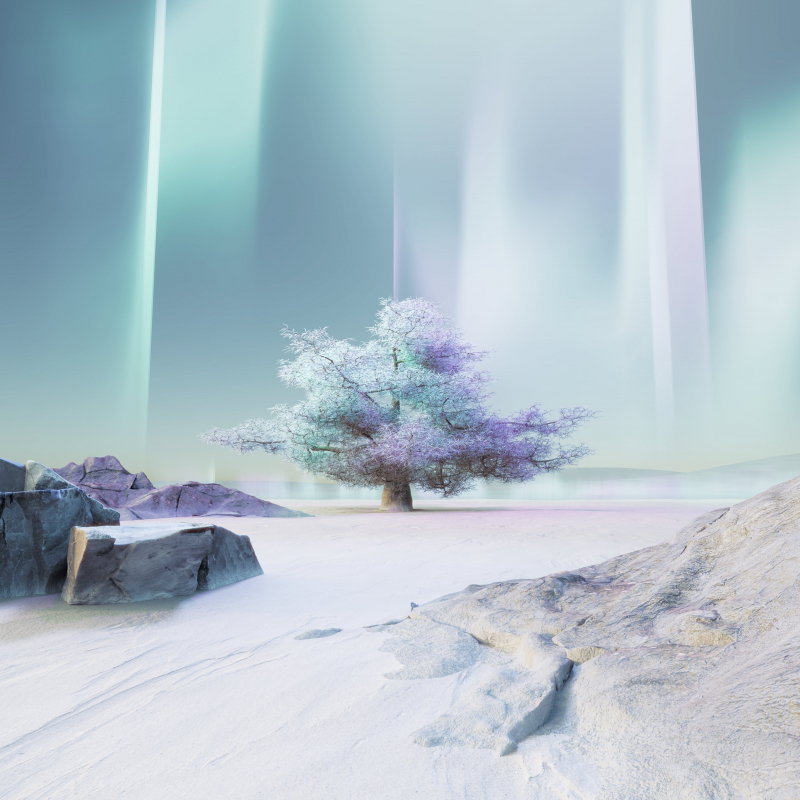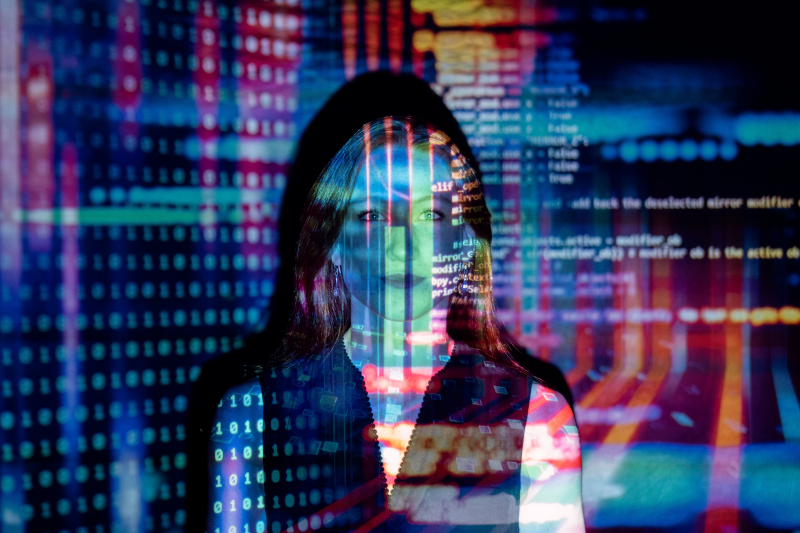Flip It and Reverse It
When dealing with an image of potential significance, conducting a reverse image search is crucial to ascertain its origin. It is essential to determine its authenticity rather than merely relying on its circulation on social media platforms. If extensive efforts to locate the image on reputable news websites prove futile, yet it appears groundbreaking, there is a high probability that it has been fabricated.
To illustrate this point, consider the fictional Great Cascadia earthquake of 2001. Once images depicting the non-existent event were disseminated through a subreddit, individuals who failed to conduct further investigation accepted the event as genuine. The visual portrayal of the Pacific Northwest's devastation, including collapsed roads, rescue personnel, and panicked individuals engrossed in their mobile devices, weaves a coherent narrative that can quickly go unquestioned.
It is essential to go beyond a simple reverse image search to uncover the truth. For instance, when we conducted a search using a "photo" labeled as "Amateur video captures the aftermath of the tsunami in Kodiak, AK," Google's image search yielded a snippet of a familiar-looking image, accompanied by the headline "Floods Ravage Western Canada" in the results from NBC News. At first glance, it appeared to validate the authenticity of the event. However, a single click exposed that Midjourney had illicitly utilized a photojournalist's work to fabricate a similar depiction.












